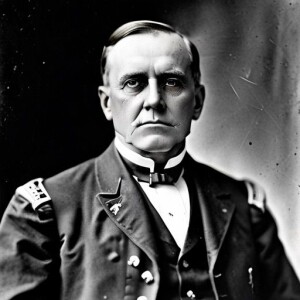Step back in time with me to the late 1800s, where William McKinley was born and raised in Niles, Ohio in 1843. Despite his humble beginnings, McKinley had a strong determination to succeed, which led him to become a schoolteacher before enlisting in the Union Army during the Civil War.
After the war, he pursued higher education, studying law and eventually becoming a member of the Ohio bar in 1867. McKinley’s political career took off as he served in the U.S. Congress for 14 years, where he became known for his unwavering support of protective tariffs and the gold standard.
In 1891 and 1893, McKinley was elected Governor of Ohio, where he demonstrated exceptional leadership skills, paving the way for his presidential bid. During his presidency, he oversaw a period of remarkable economic growth and expansion. He was a trailblazer in promoting civil rights, particularly the advancement of African American voting rights in the South.
McKinley’s legacy was not only defined by his accomplishments but also by his tragic death. In September 1901, he was shot by an anarchist while attending the Pan-American Exposition in Buffalo, New York. Despite the best efforts of medical professionals, McKinley succumbed to his injuries eight days later. His untimely death robbed America of a strong and steady leader, leaving a deep impact on the nation’s history.

